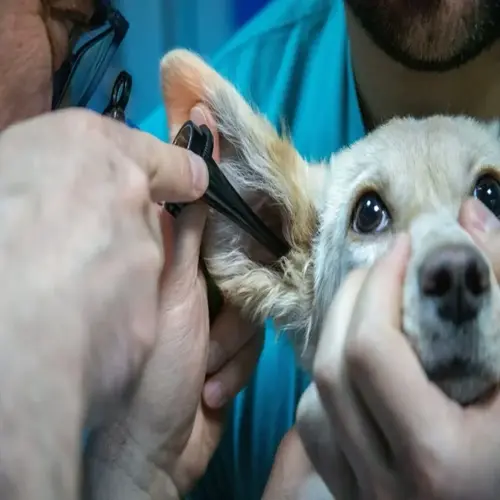How do I properly measure for a harness?

Written by
Elin Eriksson
Reviewed by
Prof. Edward Clarke, Ph.D.Taking correct measurements for a harness can save from discomfort and escape by ensuring a proper fit over the vital body areas. Measure at the base of the neck, where the collar naturally lies, and also measure at the widest point over the chest, behind the front legs. Also, remember to take into account seasonal changes in fluffy fur and fluctuations in weight, which can alter the size of the harness.
Neck Measurement
- Position tape where collar normally rests at neck base
- Keep two fingers between tape and skin for breathing room
- Measure while dog stands naturally looking forward
- Part thick fur to measure directly against skin
- Record in both inches and centimeters for universal sizing
Chest Measurement
- Find widest girth behind front legs during exhalation
- Keep tape parallel to ground without constricting ribs
- Add 2 inches (5cm) for growing puppies
- Measure multiple times for breathing variations
- Ensure even weight distribution on all paws
Seasonal Adjustments
- Add 1-2 inches for winter coats during cold months
- Tighten slightly when summer shedding reduces volume
- Check fit monthly during temperature transitions
- Switch materials based on climate needs
- Inspect elasticity in extreme conditions
During fitting and monthly checks, use the 2-finger rule. Get two fingers under every strap while your dog stands up. Straps should be flat without twisting. Watch for normal movement without restrictions. Check for redness of skin after 30 minutes of wear.
Monitor weight changes that might affect the fit of the harness. Utilize veterinary scales for accuracy, especially for large breeds. Note changes greater than 10% in body weight. Make adjustments in strap measurements after gains or losses of 2 or more pounds. Puppies require weekly weights for correct measurements during growth spurts.
Avoid common measurement errors. For instance, avoid pulling the tape too tight or measuring over a heavy coat. Don't guess sizes according to breed standards; individual differences are significant. Low-chested dogs and dogs with deep-chested bodies need special care.
After purchasing your harness, confirm the measurements by practical tests. Your dog should be able to move freely without any chafing or discomfort. The harness should not shift around when the dog is playing. If you notice your dog attempts to escape the harness, then your harness does not fit correctly. You may need to adjust the harness before the first full use.
Read the full article: Dog Harness Types: Essential Guide

